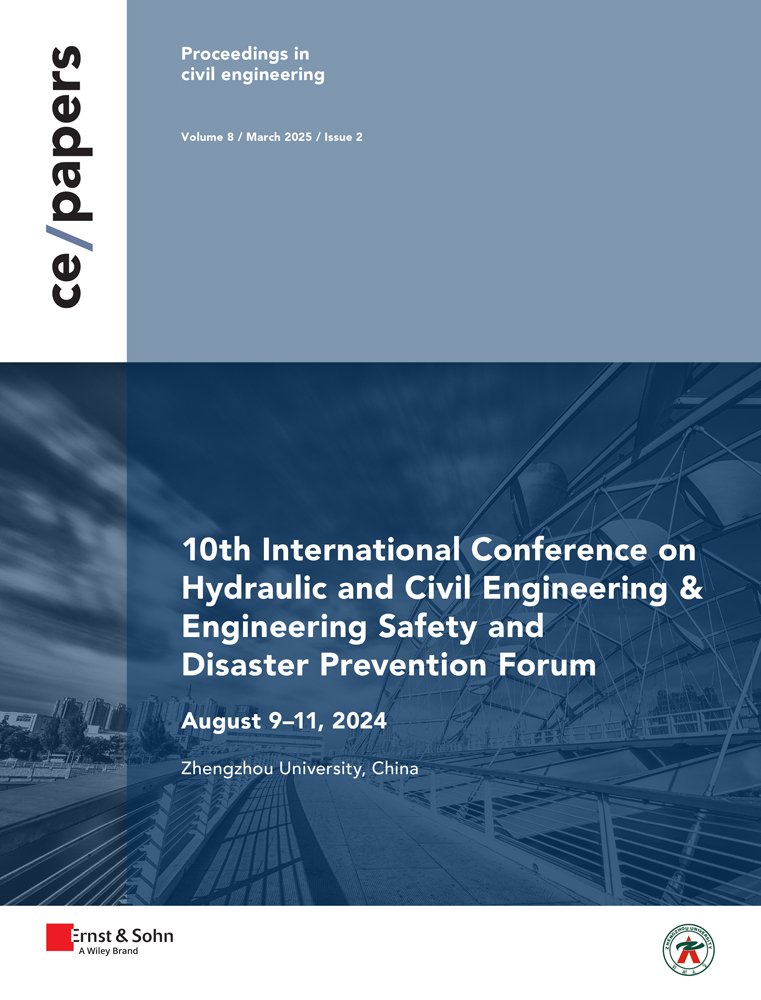Closed cavity thin-walled components of assembled subway station structure Study on the influence of key structural parameters
Abstract
The prefabricated subway station structure adopts closed-cavity thin-walled prefabricated components to make the stress path of the station structural components complicated in the process of stress and force transmission. Therefore, based on the prefabricated subway station of a subway line in Qingdao, the finite element simulation software is used to systematically analyze the influence of the key structural parameters of the closed-cavity thin-walled components on the stress and its changing trend, so as to clarify the reasonable structural requirements of the closed-cavity thin-walled components. The results show that the thickness of the upper water surface flange should be 250mm, and the thickness of the back water surface flange should be 200mm. The rib thickness of 200 mm is also a critical value of force change. The change of the thickness of the diaphragm has little effect on the stress of the closed thin-walled members. The thickness-to-height ratio of the end plate should not be less than 0.43, and the thickness of the end plate has a greater influence on the shear stress level than the tensile and compressive stress levels. The cavity ratio of the closed cavity thin-walled member should not be greater than 30.5%. The chamfering scheme of R=150mm should be adopted for the selection of cavity chamfering in closed thin-walled components. The research results can provide reference for the safety design of prefabricated components of prefabricated subway stations.




